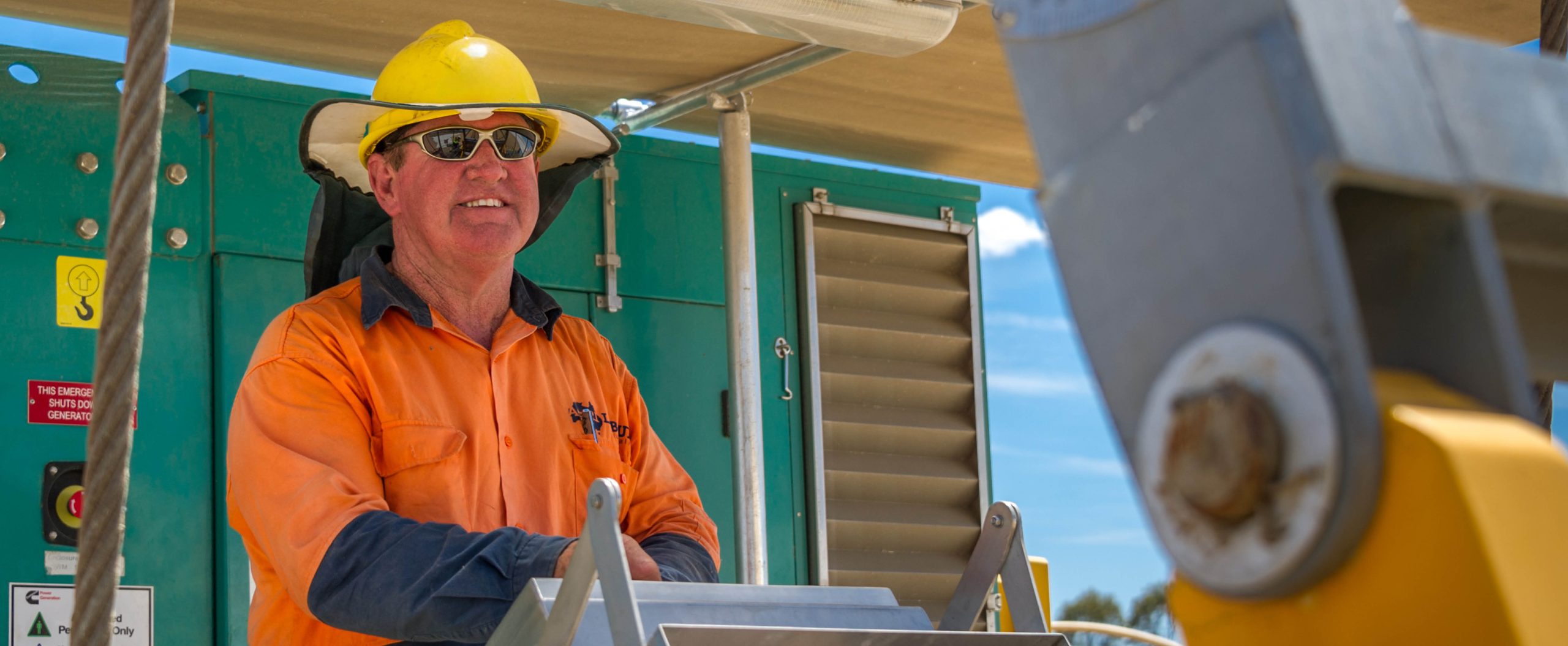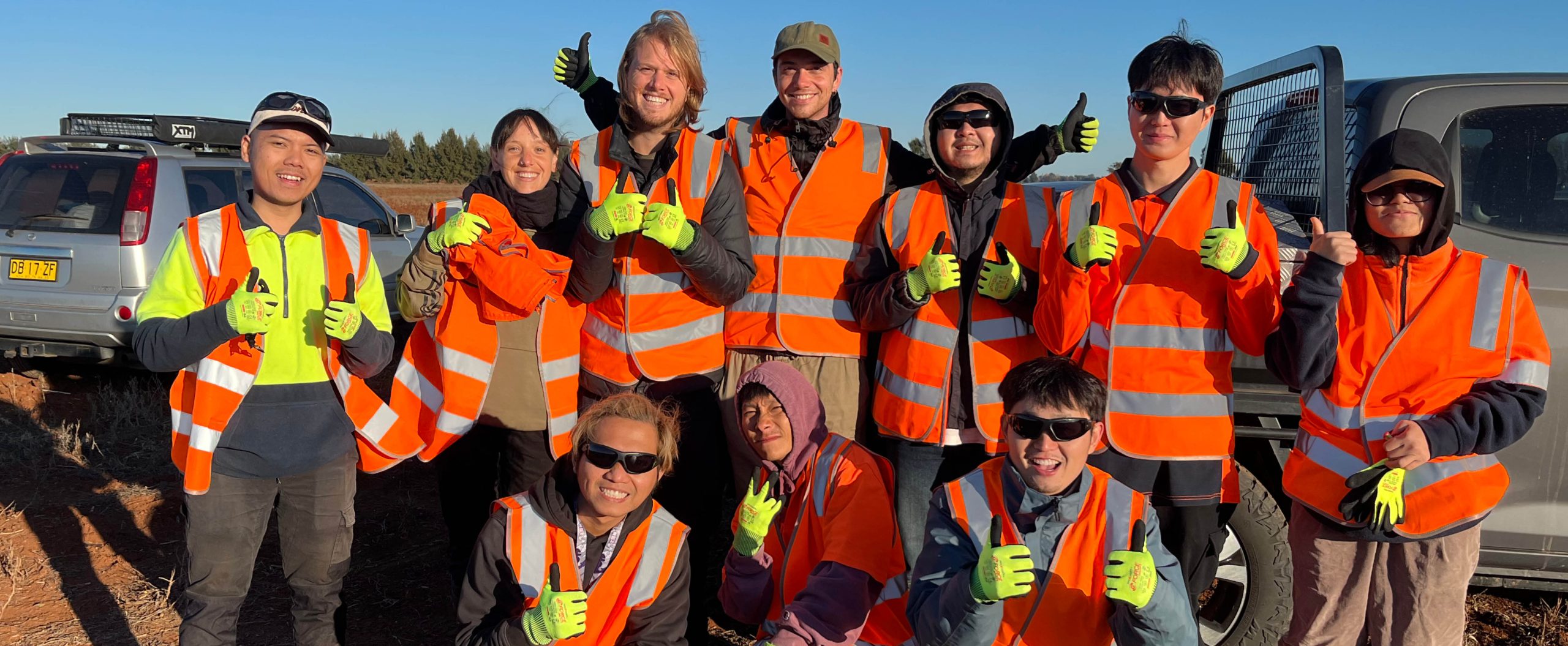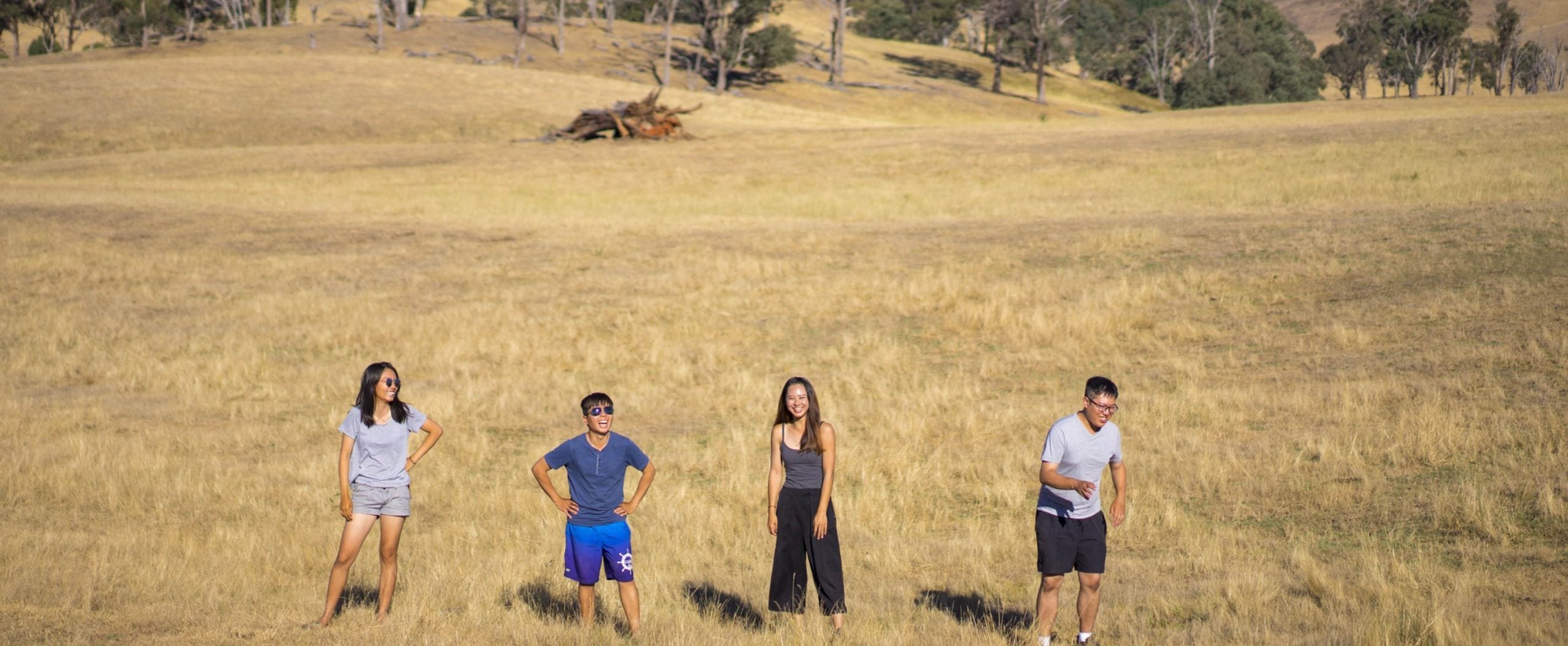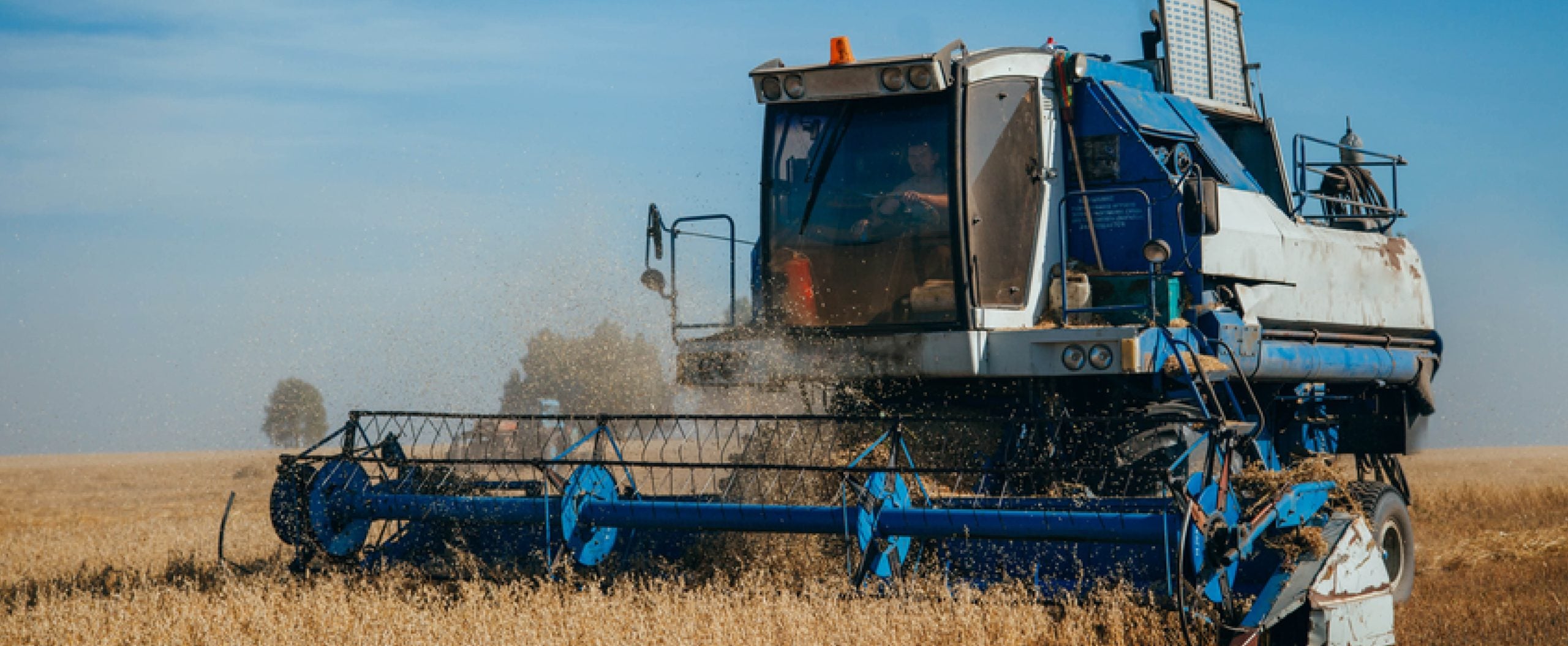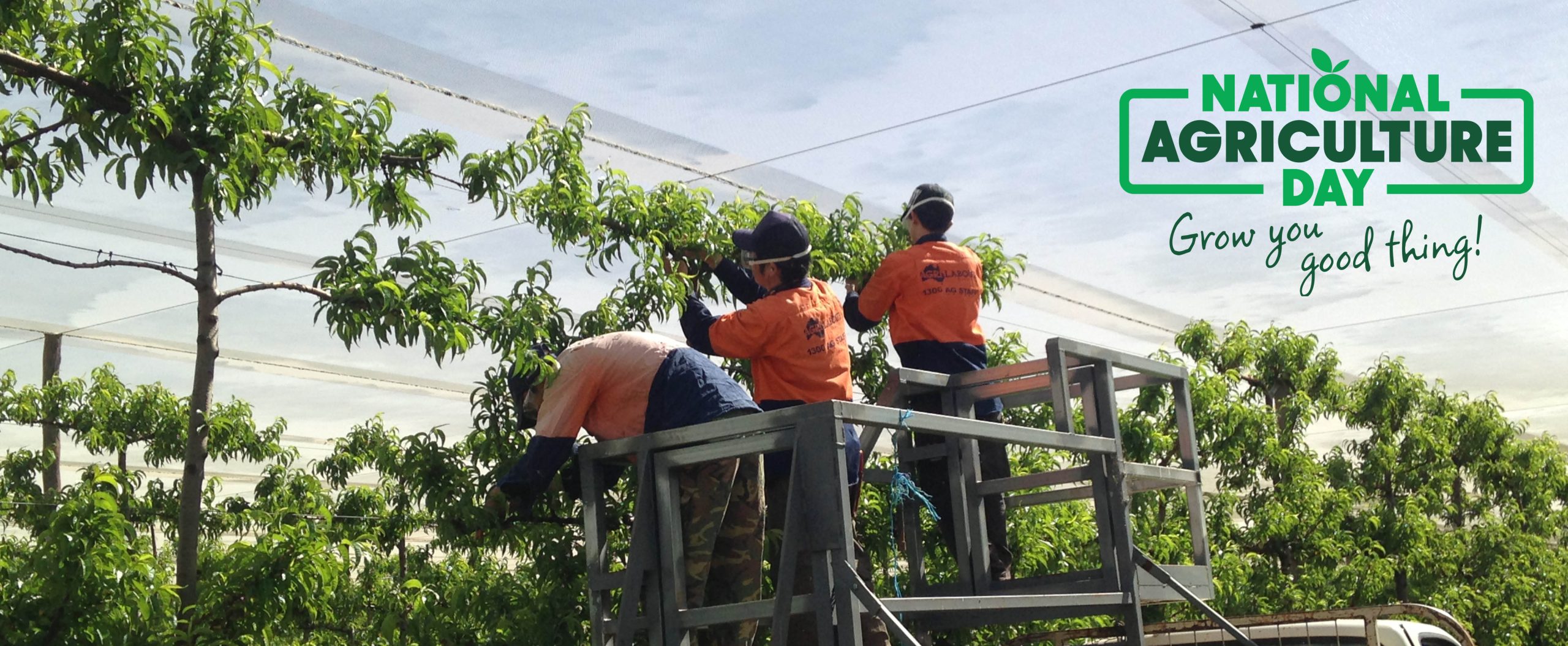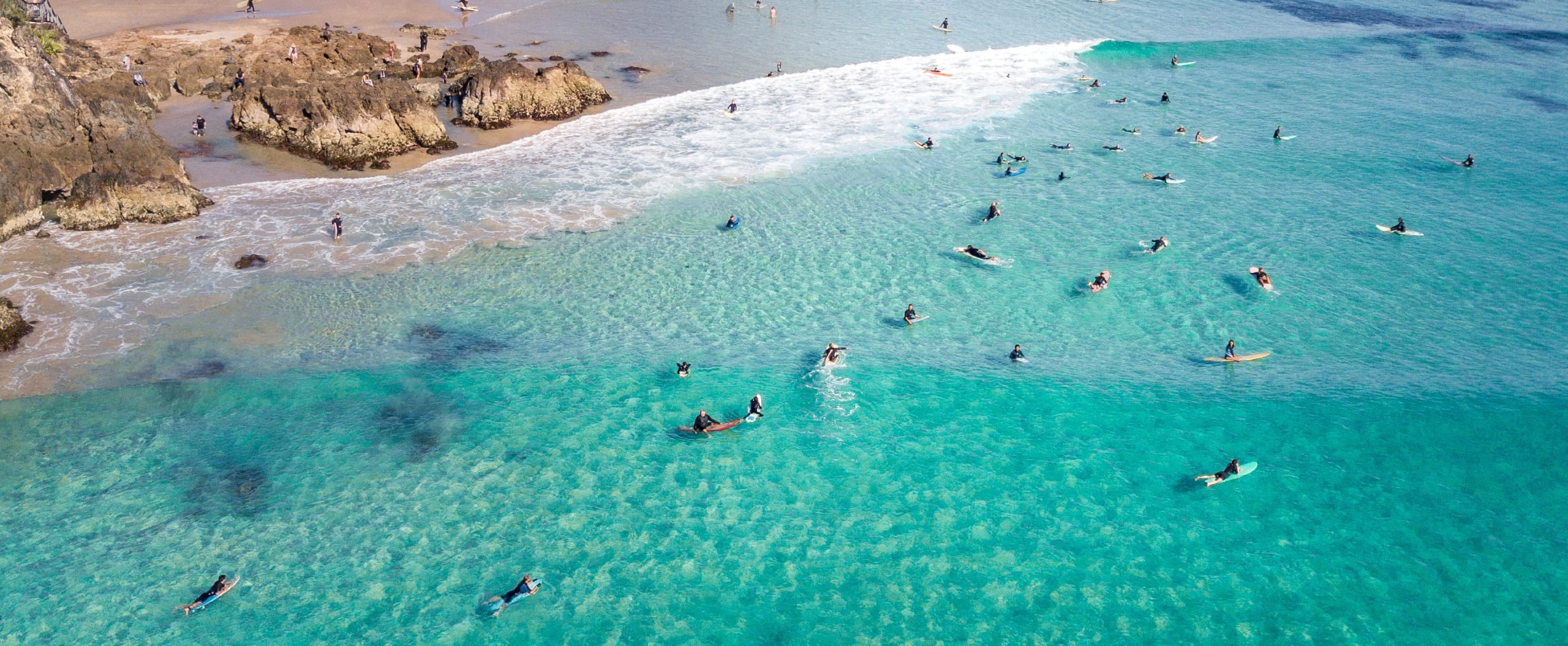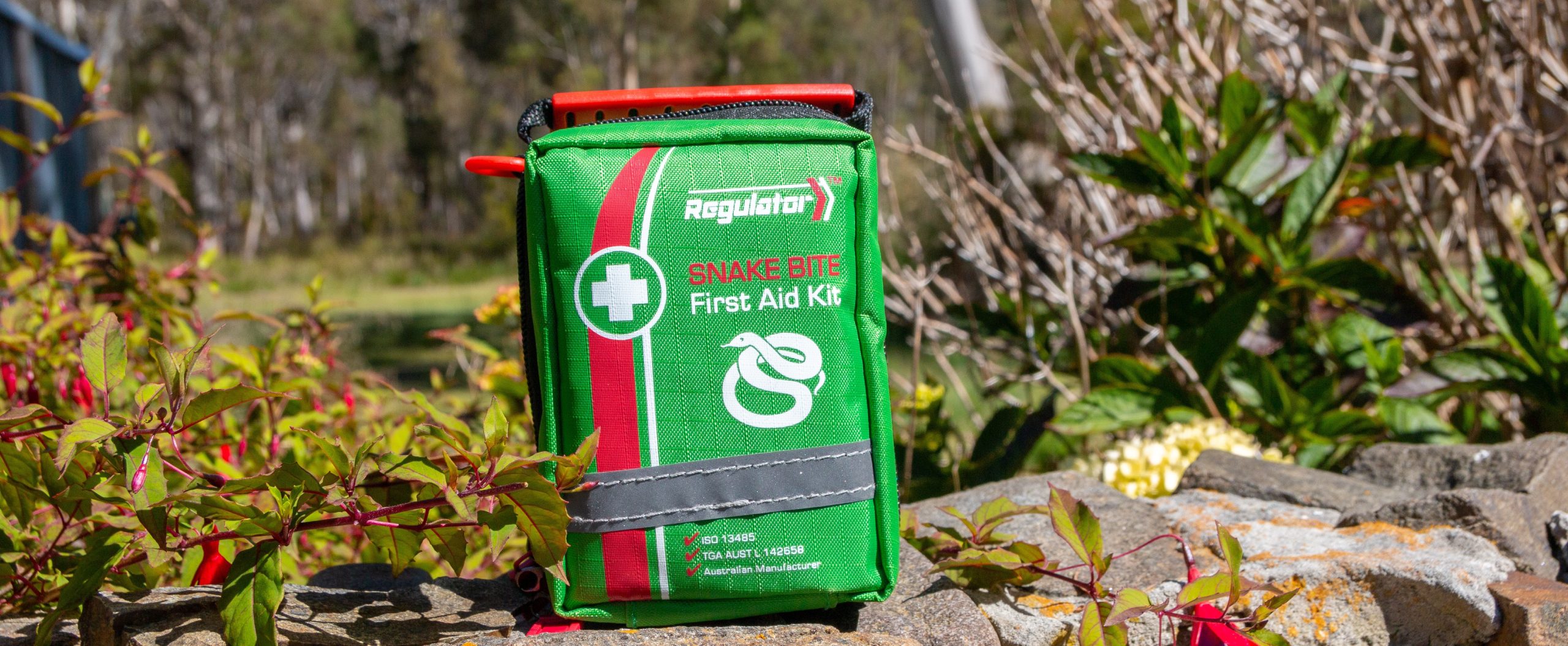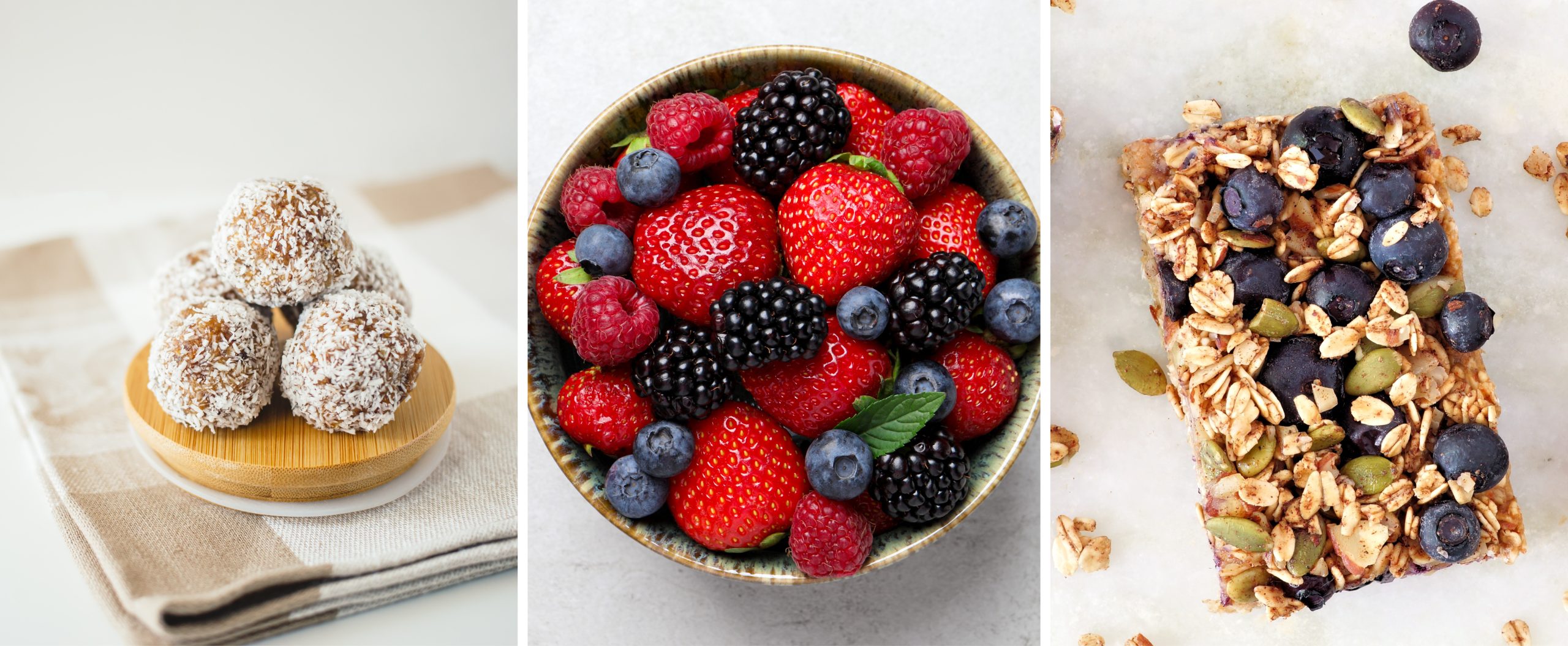One of the best parts of working in Australia is getting to enjoy its incredible coastline. With more than 10,000 beaches, there’s no shortage of places to swim, surf or just soak up the sunshine. Whether you’re working in the outback or near the city, there’s always a stretch of sand worth visiting nearby. Here’s a round-up of some of the best beaches across each state.
Queensland
Queensland, otherwise known as the Sunshine State, is famous for its pristine beaches, tropical islands and laid-back coastal towns. From the Great Barrier Reef to the Gold Coast, it’s home to some of the most iconic beaches in the world.
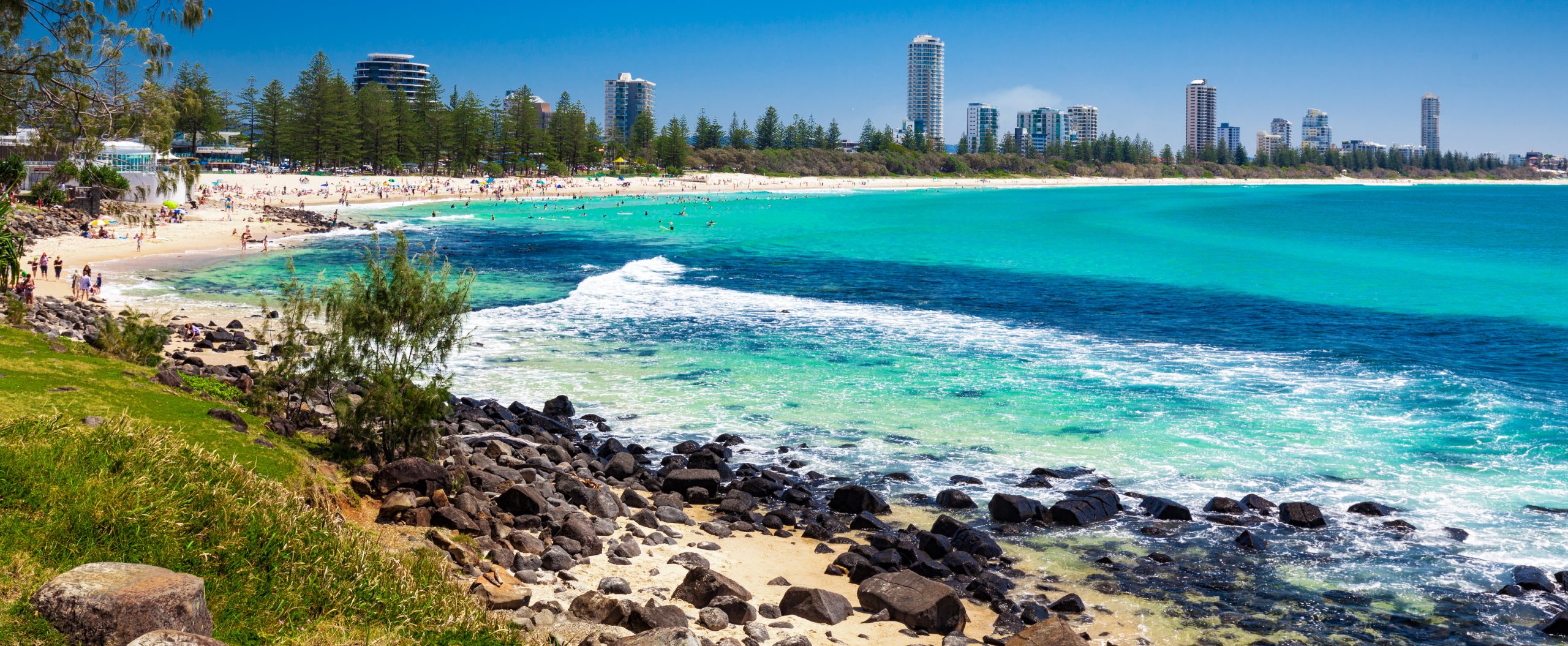
Burleigh Heads – Gold Coast
A favourite for both surfers and families, Burleigh offers golden sand, a relaxed vibe and great views from the nearby headland walk.
Four Mile Beach – Port Douglas
A tropical paradise lined with palm trees, Four Mile Beach is perfect for long walks and taking in the laid-back Far North Queensland atmosphere.
Whitehaven Beach – Whitsundays
Famous for its pure white silica sand and crystal-clear waters, White Haven Beach is one of the most photographed swimming spots in the world. A must-visit if you’re exploring the Great Barrier Reef region.
New South Wales
New South Wales boasts an incredible mix of world-famous surf beaches and hidden coastal escapes. Whether you’re drawn to the bustling Sydney coastline or the relaxed north coast, there’s something for everyone.
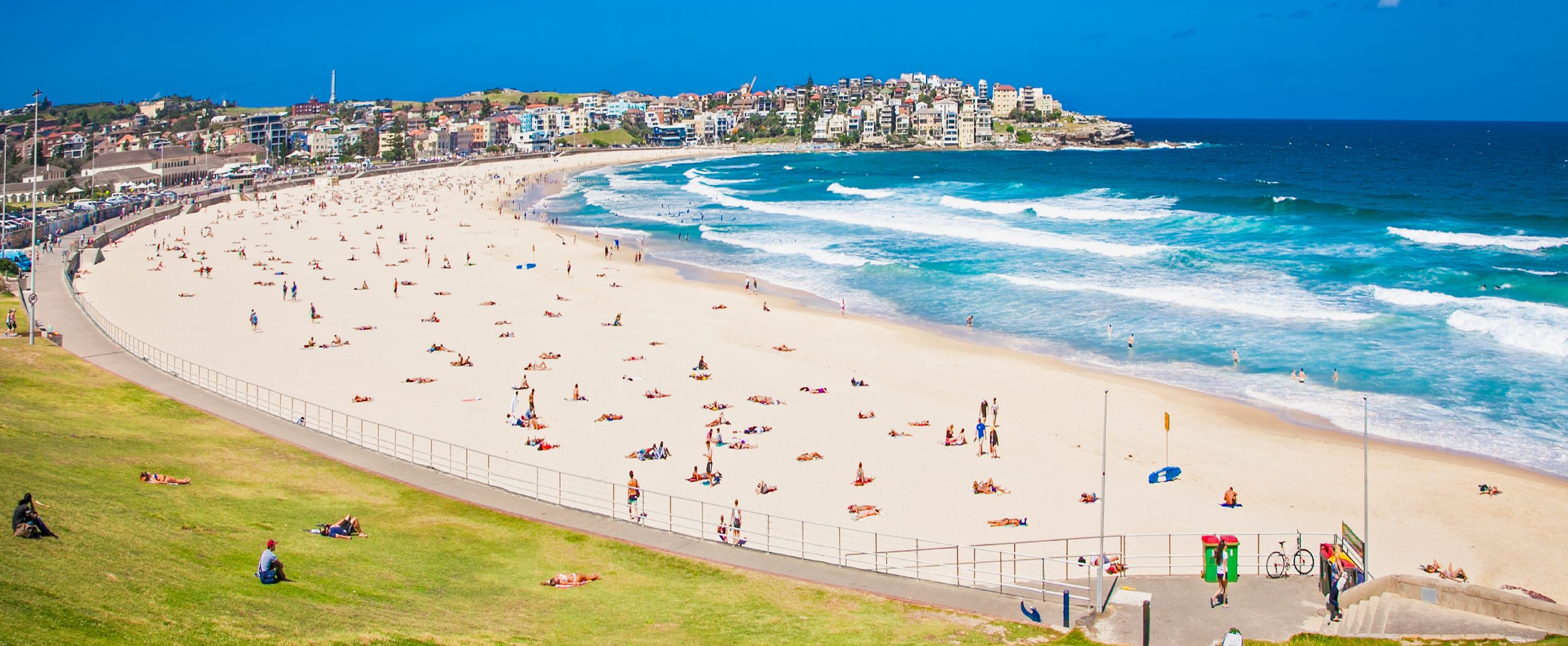
Bondi Beach – Sydney
Iconic for its buzzing atmosphere, Bondi is great for people-watching, swimming and coastal walks..
Main Beach – Byron Bay
Known for its surf culture and stunning sunsets, Byron Bay’s Main Beach is loved by locals and travellers alike.
Hyams Beach – Jervis Bay
Famous for having some of the whitest sand in the world, Hyams is calm, family-friendly and great for snorkelling.
Victoria
Victoria’s beaches offer everything from world-class surf to calm bays perfect for a summer swim. Whether you’re in Melbourne or exploring the Great Ocean Road, you’ll find plenty of sandy spots to enjoy.
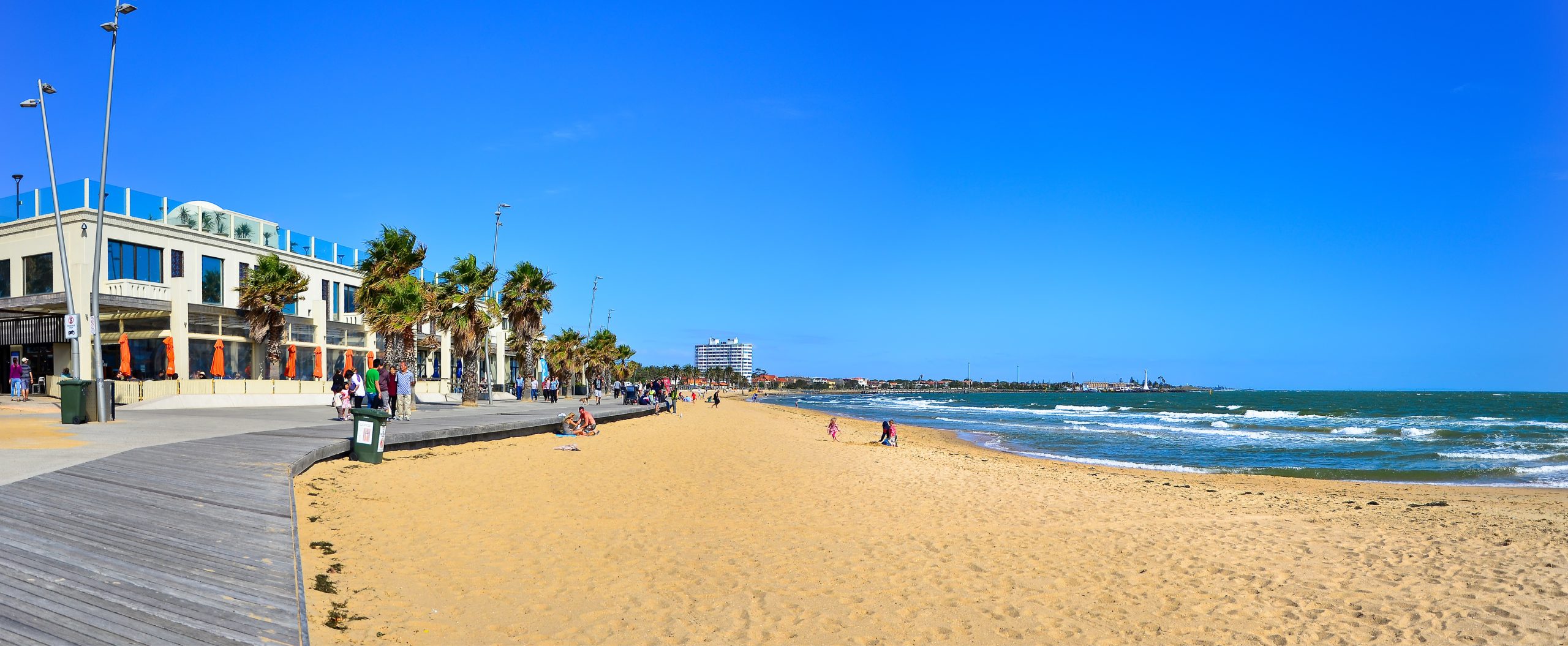
St Kilda Beach – Melbourne
Close to the city, St Kilda is great for a relaxed afternoon with plenty of cafes, markets, Luna Park and even the potential to spot wild penguins at the pier if you’re lucky!
Bells Beach – Great Ocean Road
Australia’s surfing mecca, Bells Beach is legendary for its powerful waves and annual surfing competitions. Even if you don’t surf, it’s worth the visit.
Squeaky Beach – Wilsons Promontory
Named for the squeaky sound the sand makes under your feet, Squeaky Beach combines fun with breathtaking scenery.
South Australia
South Australia may be famous for its wine regions, but its beaches are just as impressive. From lively metropolitan shores to secluded coastal gems, the coastline has plenty to explore.
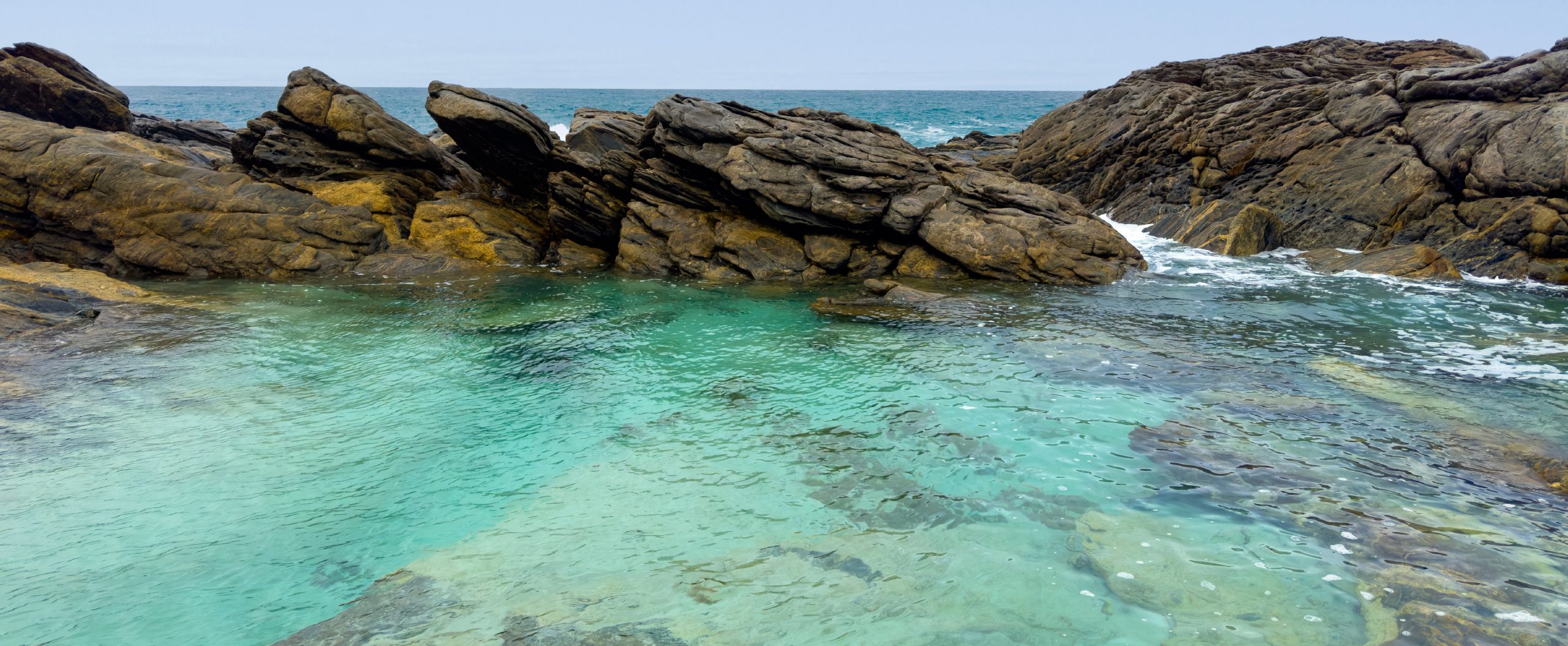
Glenelg Beach – Adelaide
Just a short tram ride from Adelaide’s CBD, Glenelg offers calm waters, a lively esplanade, and great spots for fish and chips by the sea.
Vivonne Bay – Kangaroo Island
A pristine stretch of sand, Vivonne Bay is perfect for a peaceful day out, with turquoise water and gentle waves.
Port Willunga Beach
Known for its striking cliffs and old jetty pylons, Port Willunga is as photogenic as it is relaxing.
Western Australia
Western Australia is home to some of the most spectacular and untouched beaches in the country. With thousands of kilometres of coastline, you’ll find everything from city beaches to remote tropical escapes.

Cottesloe Beach – Perth
A local favourite with sparkling waters and beautiful sunsets, Cottesloe Beach is perfect for swimming and relaxing after work.
Cable Beach – Broome
Famous for its camel rides at sunset and wide sandy stretches, Cable Beach feels like something out of a postcard.
Turquoise Bay – Exmouth
Located in Ningaloo Reef, this beach is perfect for snorkelling straight off the shore, with vibrant coral and marine life.
Tasmania
Tasmania’s beaches are often quieter and more rugged than those on the mainland, but no less beautiful. With their unspoiled landscapes, they’re perfect for anyone looking for a peaceful escape into nature.
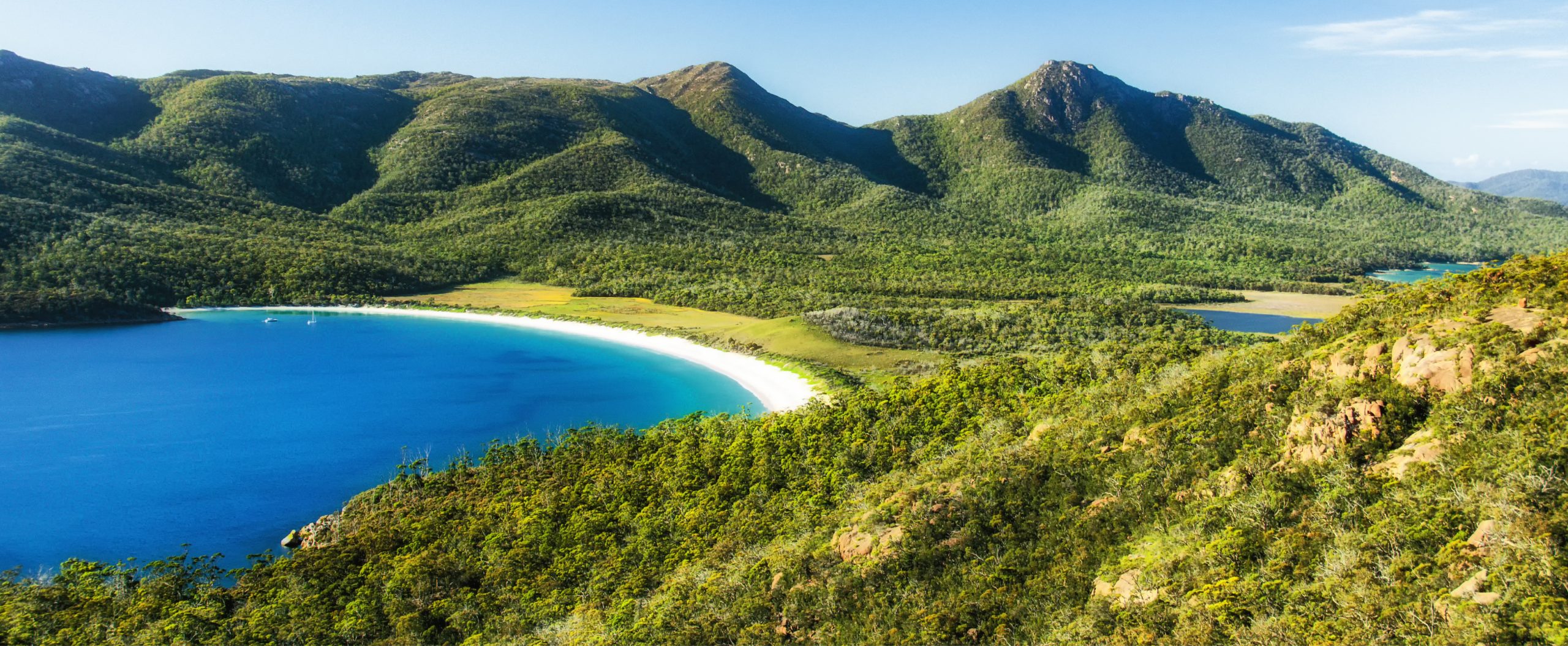
Wineglass Bay – Freycinet National Park
One of Tasmania’s most photographed spots, Wineglass Bay is a stunning crescent of white sand and clear water, surrounded by mountains.
Boat Harbour Beach
A hidden gem on the north-west coast, Boat Harbour is loved for its clean, calm waters and quiet charm.
Seven Mile Beach
Long and beautiful, Seven Mile Beach is perfect for walking, swimming, or just unwinding close to the capital city.
Northern Territory
While the Northern Territory isn’t always the first place that comes to mind for beaches, its coastline offers unique and memorable experiences. From tropical sunsets to cultural landmarks, NT beaches are truly special.
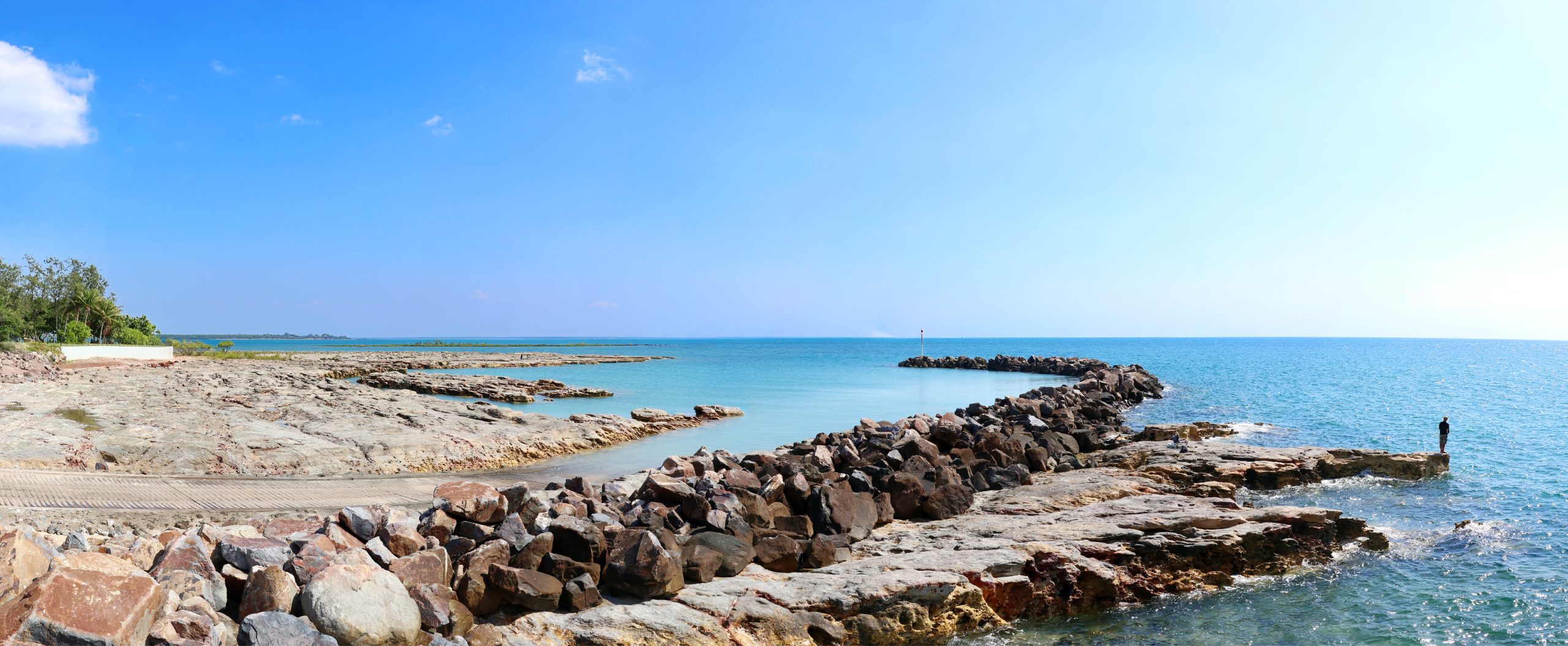
Mindil Beach – Darwin
Known for its famous sunset markets, Mindil is the place to go for food, music, and one of Australia’s most spectacular sunsets.
Casuarina Beach – Darwin
A long, peaceful beach that’s great for a walk or a picnic. It’s also home to the Casuarina Coastal Reserve with walking trails and wildlife.
Experience the best beaches while working with Agri Labour Australia
No matter where you’re working in Australia, there’s a beautiful beach nearby waiting to be explored. Taking time to relax by the ocean is a great way to recharge, connect with nature and make the most of your time here.

